Advertisements
Advertisements
प्रश्न
Collect data from your friends, neighbours and classmates to know more about “milk teeth".
Tabulate your data. One way of doing it is given below:
| S.No. | Age at which first tooth fell | Age at which last tooth fel | No. of teeth lost | No. of teeth replaced |
| 1. | ||||
| 2. | ||||
| 3. | ||||
| 4. | ||||
| 5. |
Find out from at least twenty children and find the average age at which children lose the milk teeth. You may take help of your friends.
उत्तर
| S.No. | Age at which first tooth fell | Age at which last tooth fel | No. of teeth lost | No. of teeth replaced |
| 1. | 6 year | 11 year | 20 | 30 |
| 2. | 6 year | 12 year | 20 | 28 |
| 3. | 7 year | 12 year | 20 | 28 |
| 4. | 7 year | 13 year | 20 | 32 |
| 5. | 7 year | 13 year | 20 | 28 |
To collect data about “milk teeth,” ask at least twenty children the following questions:
- At what age did your first tooth fall out?
- At what age did your last tooth fall out?
- How many teeth have you lost?
- How many teeth have been replaced?
Calculating the Average Age:
- Sum the ages at which the first tooth fell out for all twenty children and divide by 20 to get the average age for the first tooth loss.
- Sum the ages at which the last tooth fell out for all twenty children and divide by 20 to get the average age for the last tooth loss.
संबंधित प्रश्न
Every day we should brush our teeth _______ times.
List out the food items for healthy mouth and teeth.
Tick (✓) the foods that are good for your teeth and cross (x) the food that is bad for your teeth.
 |
 |
 |
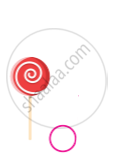 |
 |
 |
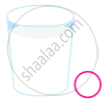 |
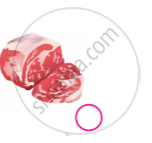 |
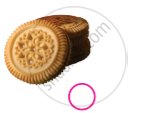 |
 |
 |
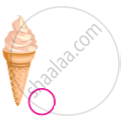 |
Differentiate the following.
Diphyodont and Heterodont
Differentiate the following.
Incisors and Canines
Number of teeth present in each jaw is ______.
The crown of the tooth is covered by the hardest substance of the body called the ____________.
Teeth are rooted in separate ______ in between the ______.
Label the below given Figure 2.1 as directed below in (i) to (iv) and give the name of each type of tooth.
- The cutting and biting teeth as ‘A’
- The piercing and tearing teeth as ‘B’
- The grinding and chewing teeth as ‘C’
- The grinding teeth are present only in adults as ‘D’
Open your mouth, look into a mirror and try to count the different types of teeth in your mouth. Compare them with Figure 2.3 on page 13 of your NCERT textbook. Record your observations in the table below:
| Type of teeth | Number of teeth | |
| In my mouth | In the figure | |
| Incisors | ||
| Canines | ||
| Premolars | ||
| Molars | ||
- Did you observe any difference in the number of teeth? If yes, could you identify which type of teeth showed the difference?
- Compare the number and type of teeth in an adult (say your parents or cousins who have reached the age of 25-30 or more). Note your observation.
